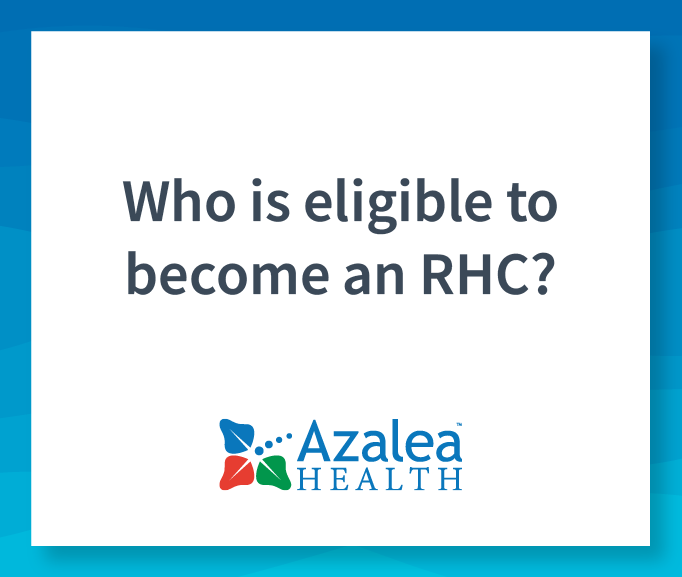RHC Webinar Series: RHC Eligibility
Who is eligible to become an RHC?
Qualifying as an RHC: What You Need to Know
Not every healthcare clinic gets the green light to become a Rural Health Clinic (RHC). There are specific checkboxes that need to be ticked off:
1. Location Matters: The clinic’s address should be far from bustling urban areas and instead nestled in a quieter setting with a population of fewer than 50,000 folks.
2. HPSA or MUA Label: To get the RHC nod, your clinic should proudly wear the badge of a Health Professional Shortage Area (HPSA) or Medically Underserved Area (MUA). Earning this badge relies on data scores and census info. You can even play detective to find out if clinics in your neighborhood qualify by using this resource: https://www.ruralhealthinfo.org/am-i-rural.
3. Primary Care Rules: Make sure that at least 51% of your clinic’s business hours are dedicated to providing primary care services.
4. Lab Services and More: Your clinic must offer a specific list of routine diagnostic and lab services. Plus, it’s good practice to strike up a deal with a nearby hospital or another healthcare champ to handle services that can’t be managed in-house.
The six essential lab services mandated by CMS for RHCs include:
- Checking urine chemistry with sticks or tablets (or both)
- Keeping tabs on hemoglobin or hematocrit levels
- Monitoring blood sugar
- Checking stool samples for hidden blood
- Running pregnancy tests
- Cultivating primary cultures for transmission to a certified laboratory
Want to learn more?
Watch the full webinar on if you should become a rural health clinic and learn more about what Azalea does for rural health on our website.
Video Transcript
Let’s take a few minutes and look at who’s eligible to become an RHC.
11:04
The requirements for an RHC are pretty stringent as us set for us to follow those regulations. The location is very important. It needs to be in a non urban area, which means it has less than 50,000 in population.
11:23
It needs to have a hip spur or an M UA designation that defines as a health care professional shortage area, or a medically underserved area, and those things can be obtained by looking at your data score, add on the census to see what your score on regulation is.
11:44
It can offer many services.
11:46
It does need to offer primary care, and that primary care needs to be at least 51% of the time.
11:54
And it needs to order a series of routine diagnostic and lab services. There are six required tests that you must run in the lab service and the RHC itself. But then, also, you must have a contract with a hospital or another provider to offer services that you cannot do in your clinic.
12:18
It has to be staffed by a physician.
12:21
And a non physician provider, at least 50% of the time.
12:26
That can be a nurse practitioner, can be a PA, but we want need to have them there at least 50% of the operating hours, so that they’re available to take care of those patients.
12:39
Another important factor in the RHC that makes it different and unique is the technology. We need to have a certified medical records. And, basically, what that means is, we need a medical records that’s organized, structure, structured way of charting for the physician to sign off for orders to be written and care to be delivered to the patient and documented appropriately.

